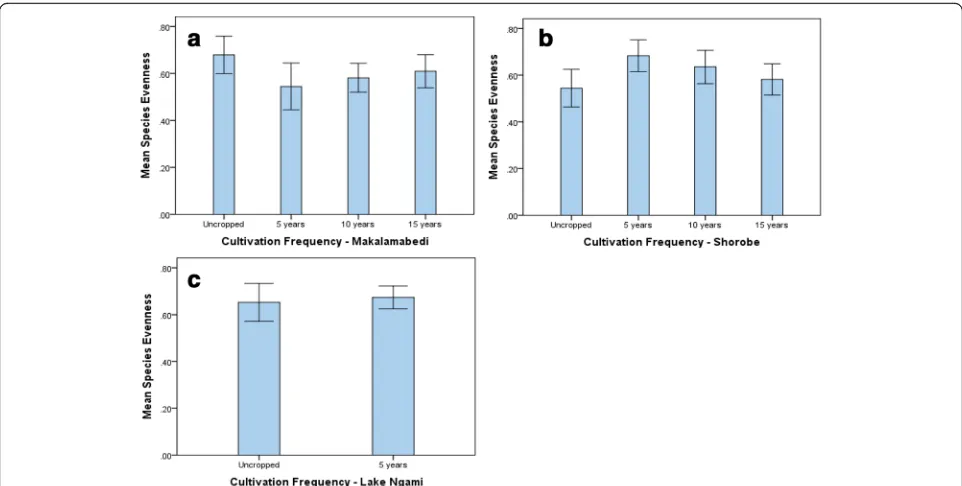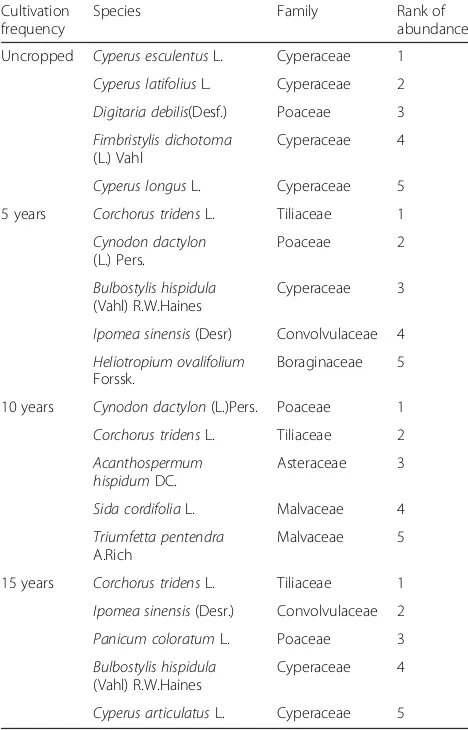The influence of cultivation frequency on weed species composition and diversity in flood recession farming in the Okavango Delta, Botswana
Full text
Figure

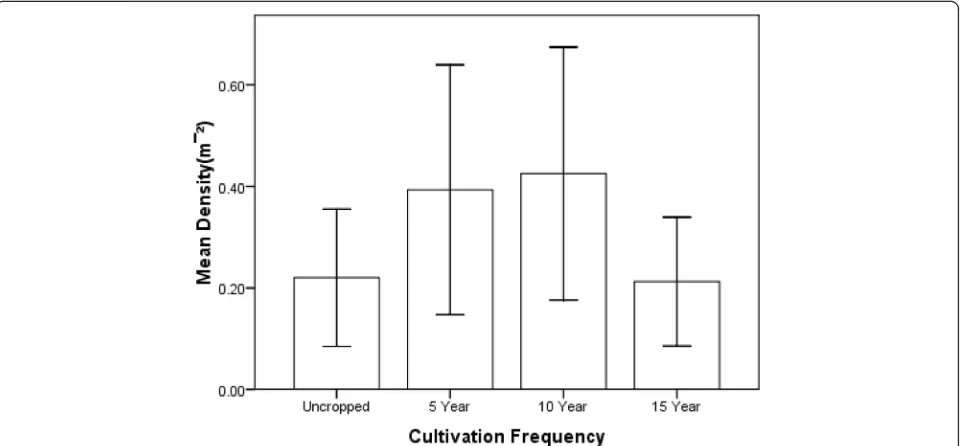
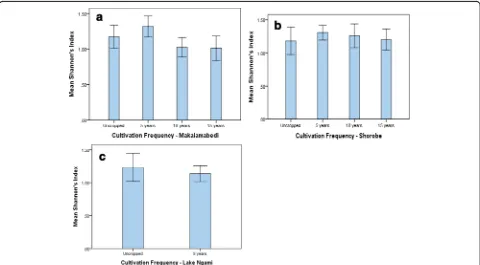
Related documents
After successfully supporting the development of the wind power technology, an approach is needed to include the owners of wind turbines in the task of realizing other ways, other
requirements are analysed to determine the requirements for 1) quantitative methods; 2) general research methods; and 3) undergraduate research such as a thesis or dissertation. The
Analysis of studied criteria in Jarghooyeh region showed that soil criterion with a geometric average of 2.25 shows medium class while water resources criterion with a
4.10 The ANAO compared the procurement contract information reported by the audited entities’ in their 2014 calendar year Senate Order listings with the procurement
(2001a) both in terms of the ranking as well as the value of PIPs (with some exemption such as the variable "no. of years open economy" and Spanish colony dummy). The
One important study of the relationship between stock prices and firm EPS is the work of Docking and Koch (2005) who assert that there is direct relationship
Figure 1: Main Factors affecting Learning and Innovation in a National System of Innovation consumer demand structure policies institutional set-up production structure
In reviewing the regional development factors that make up the rest of the model — connectivity, clustering, communication, collaborative learning, community building, (marketplace)
